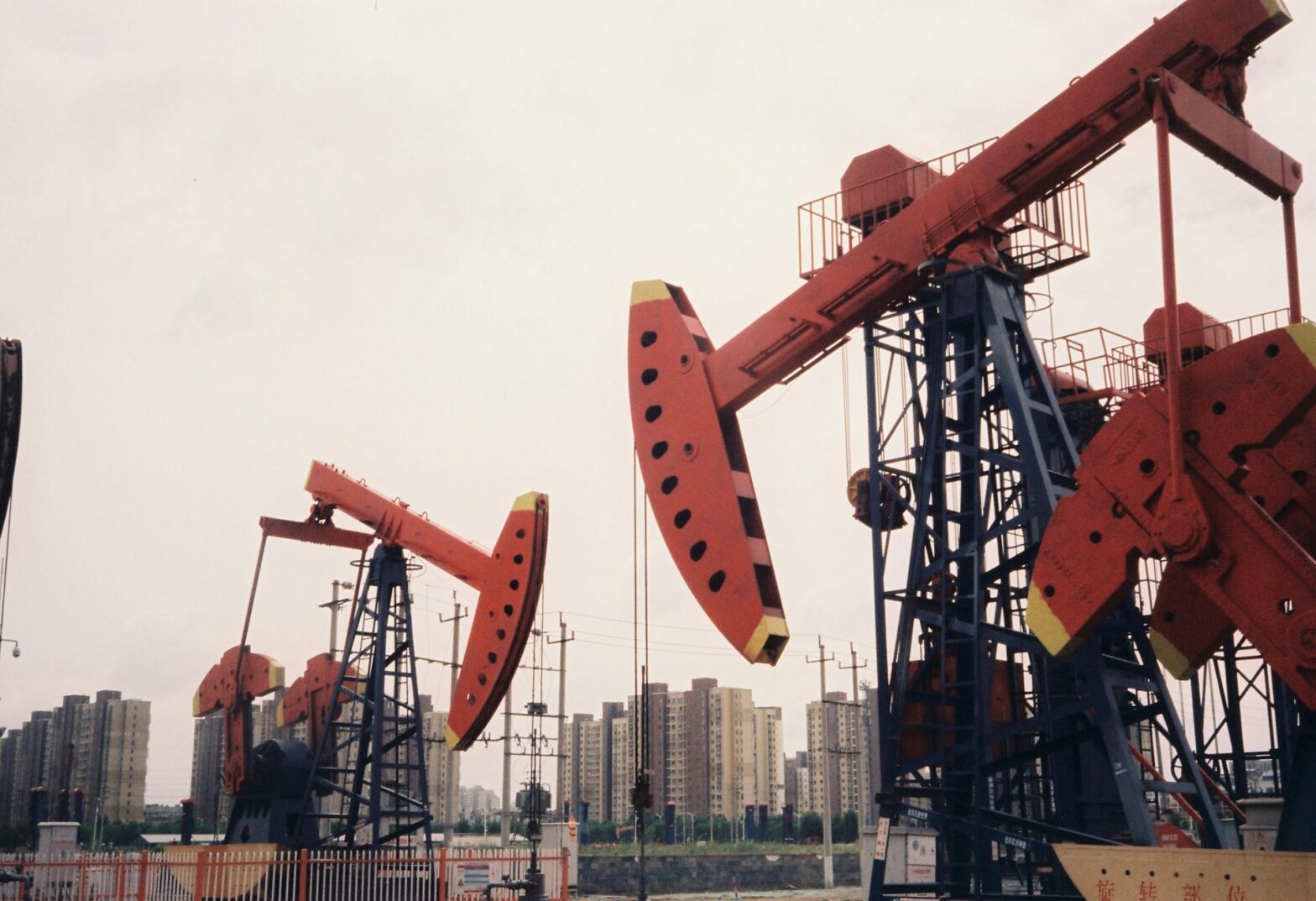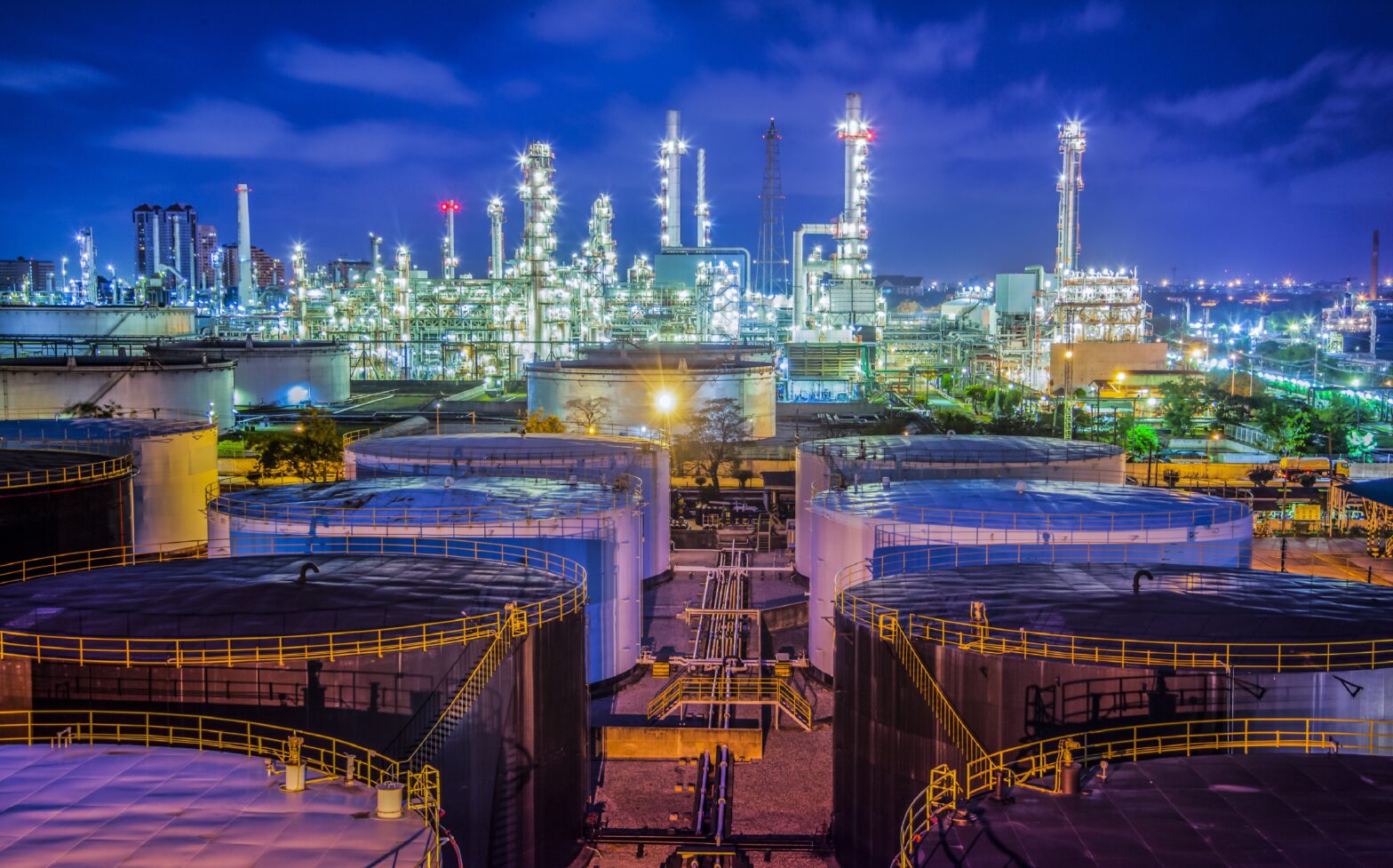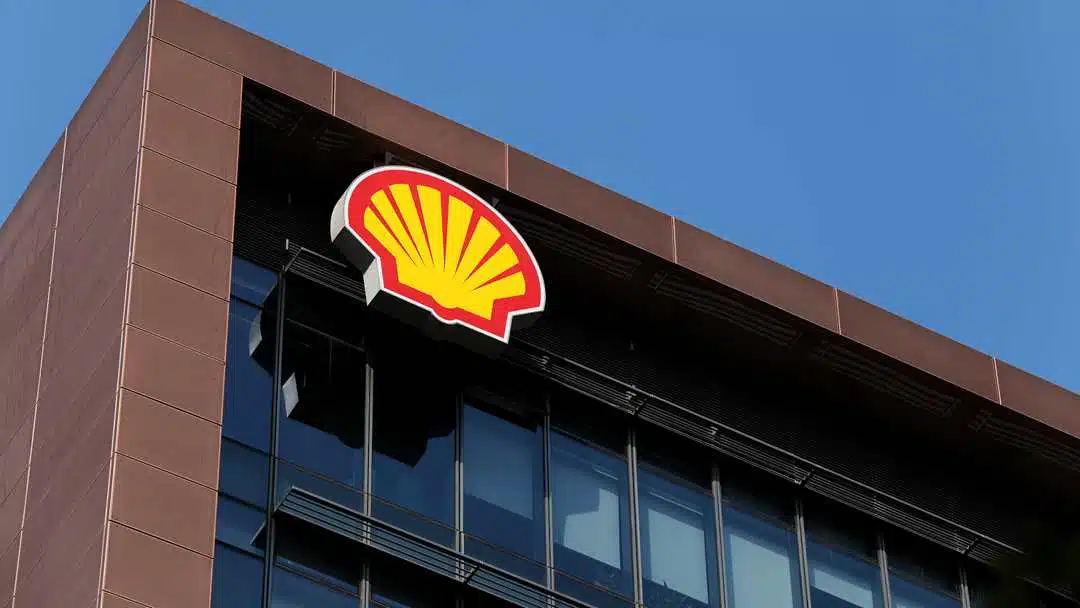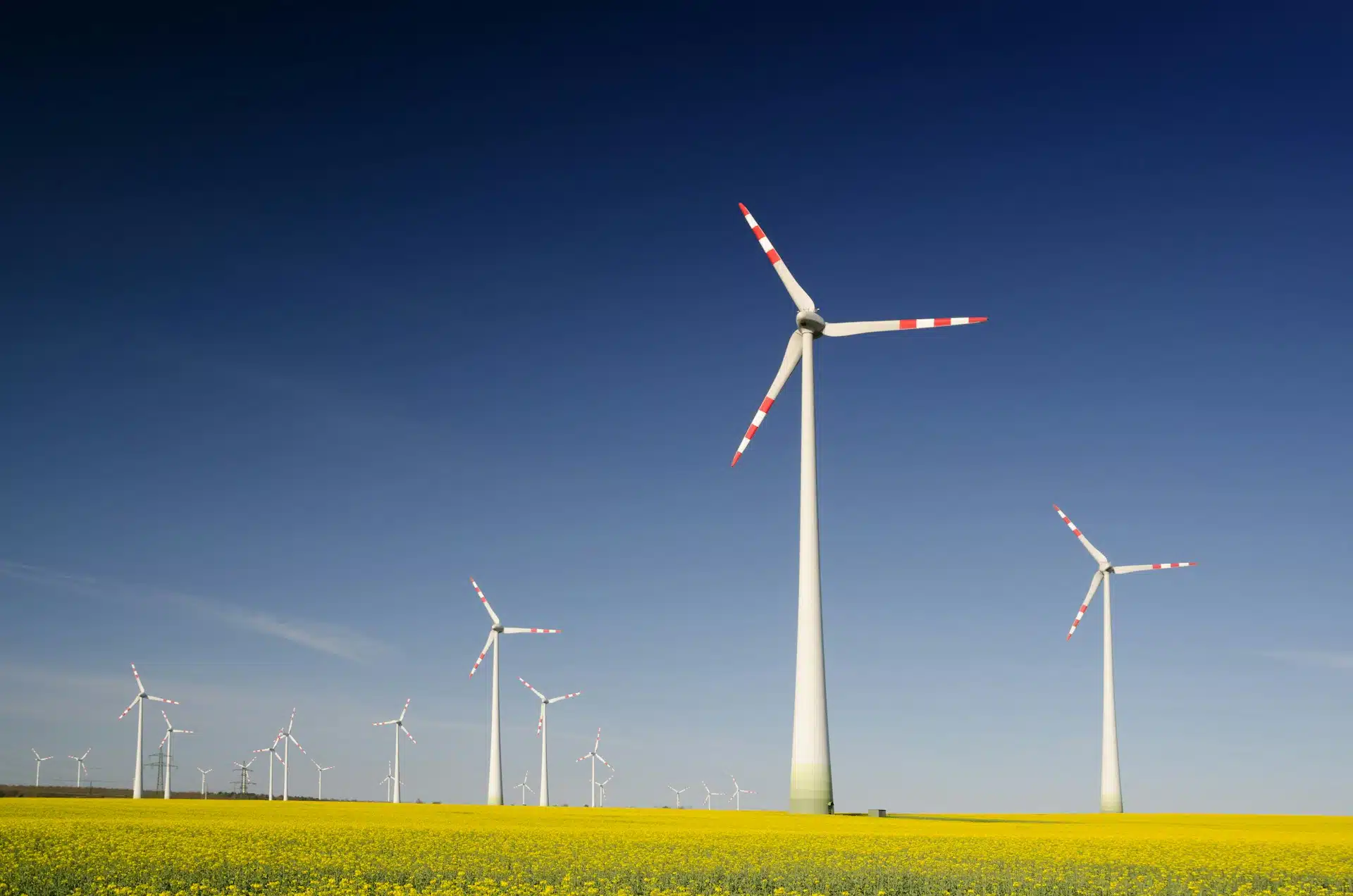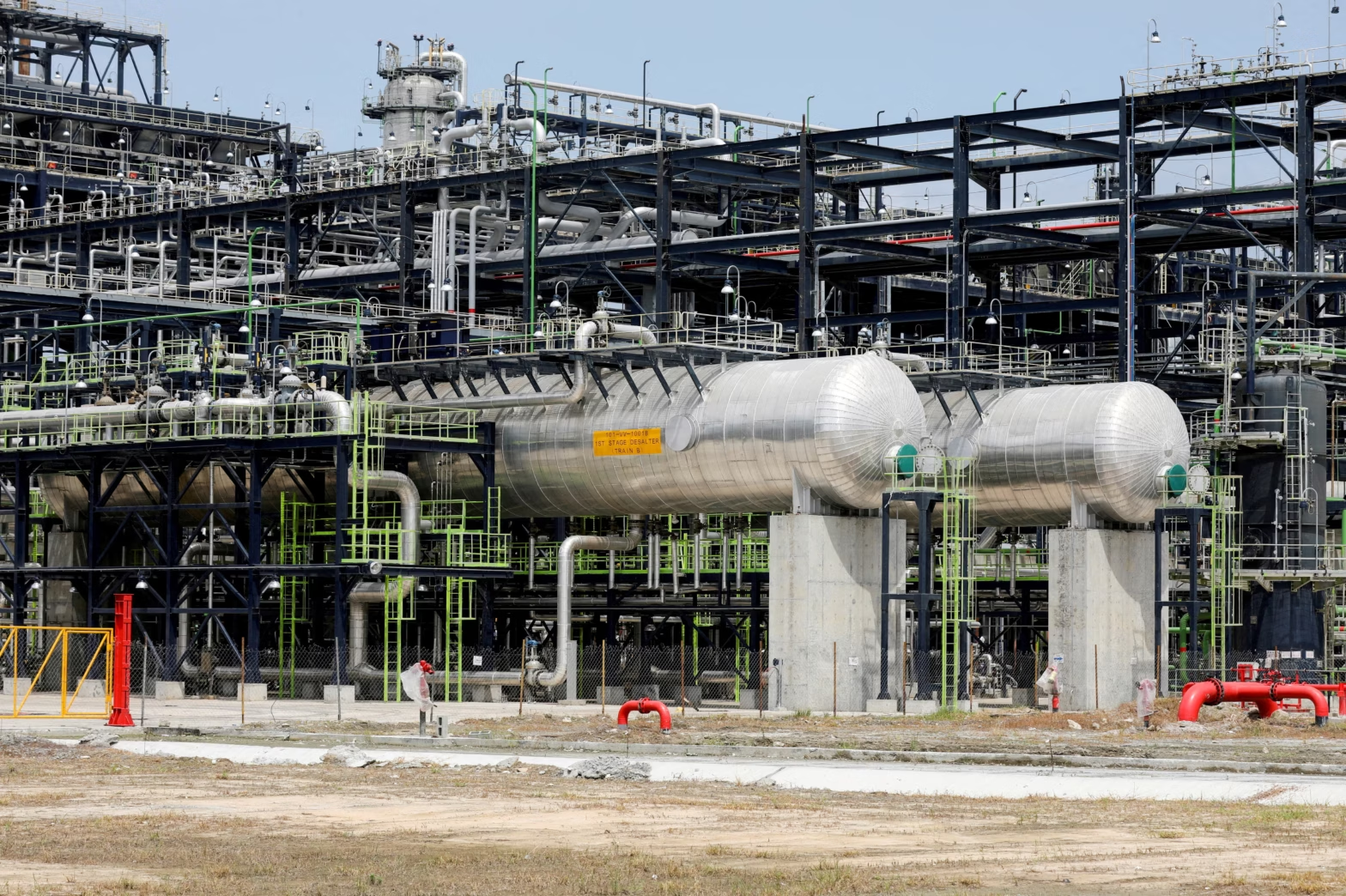When it comes to oil-rich nations in Africa, Libya happens to be one of the few where oil flows so abundantly.
With an oil reserve of about 48 billion barrels, the North African country holds the largest reserves on the continent and produces more than most of its counterparts, including Angola, Gabon and Algeria.
At some point, Libya produced no less than 3 million barrels of crude oil per day, contributing about 20% of the oil that came out of the region. It was the leading oil producer in Africa.
Needless to say, the country was once an attractive investment climate for most supermajors. Exploration, drilling and exporting activities went on without disruption.
But Libya’s position as the continent’s top oil producer began to fade following the political crisis that rocked the country between 2011 and 2015. That crisis led to the fall of its controversial leader, Muammar Gaddafi.
Gaddafi ruled Libya for 42 years before he was overthrown by a youthful uprising and rebel forces.
The political unrest spilled into the economy and broke the country’s social cohesion. The oil and gas sector was not spared.
A country that once accounted for over 15 percent of Africa’s total crude output struggled to produce even 800,000 barrels per day.
Big Oil firms left. Exploration activities were suspended. Several large-scale oil projects were abandoned.
After that collapse, Libya entered years of political turmoil. Even with UN interventions, peace remained out of reach. But now, a measure of calm has returned.
Libya’s oil industry is making a quiet but determined comeback.
Once avoided by international oil companies and crippled by violence, blockades and dysfunction, the North African nation is beginning to find its footing again.
Arab Spring Exodus: How IOCs pulled out of Libya
Global oil players like BP, TotalEnergies, Eni, OMV, Repsol, and Shell had active exploration and production contracts, drawn by Libya’s massive reserves and light, sweet crude.
However, about 40 years later, Libya’s oil output had fallen by nearly half because of political instability.
Just before the uprising in early 2011, the country produced around 1.6 million barrels a day. By the time it ended sometime in October of the same year, production plummeted to zero.
But it began rising again after the first elections in July 2012. This election marked a significant step in Libya’s transition from Muammar Gaddafi’s authoritarian regime.
However, when the conflict flared up again in 2014, oil production fell, especially after rival militias started fighting over key oil facilities.
This resulted in force majeure at several oil installations. And by this time, major oil operators in the country decided it was time to leave.
One of the biggest deterrents for Big Oil was the collapse of centralised governance.
The fall of Qaddafi in October 2011 gave way to a fragmented state with rival governments, militias, and tribal leaders claiming control over different oil-rich regions.
With no stable national authority to enforce contracts, protect assets, or ensure safety, Libya soon slipped from a high-reward play into a high-risk gamble for operators who could swallow losses.
Libya’s economy struggles through crisis
Libya’s economy has experienced severe volatility due to years of political instability that disrupted its most vital industry—oil.
During the height of the conflict, force majeure declarations became common, halting production and exports.
The National Oil Corporation (NOC) attempted to maintain operations but was frequently caught in the crossfire between rival political factions.
As a result, Libya’s oil exports plummeted to a fraction of their pre-conflict levels. Given that the economy is overwhelmingly reliant on hydrocarbons, the impact was catastrophic.
Crude oil accounts for over 90% of Libya’s national revenues and contributes about 60% of its GDP, according to the U.S. Energy Information Administration.
The oil and gas sector collapsed during the 2011 revolution, rebounded briefly in 2012 and 2013, and then fell sharply again in late 2013 and throughout 2014 due to renewed unrest at major oil ports.
Infrastructure such as port cities, drilling stations, and refineries was repeatedly targeted and in many cases destroyed.
The economic damage was so extensive that the International Monetary Fund estimated Libya’s output at just $35 billion, roughly half its pre-war level.
The disruption in Libya’s oil production did not only cripple the domestic economy; it also had global repercussions.
At the time, Libya contributed about 2% to the global oil supply. When its production came to a halt, prices rose worldwide.
To mitigate the gap left by Libya within the Organization of the Petroleum Exporting Countries (OPEC), Saudi Arabia increased its output.
This move helped stabilise global supply and reinforced Saudi Arabia’s role as the group’s largest producer outside of its partner country, Russia.
Recent developments suggest that Libya’s economy is beginning to recover, albeit unevenly.
A new report revealed that Arkenu Oil Company, a Libyan entity linked to the eastern authorities, generated at least 600 million dollars from oil exports between May 2024 and mid-February 2025.
This marked the first time a private Libyan firm outside the NOC framework was involved in international oil sales.
While this development indicates renewed economic activity and a potential turning point for Libya, it also raises critical questions about the management and distribution of oil revenues.
Are IOCs still thirsty for Libya’s vast oil?
Libya holds the largest oil reserves in Africa and is among the 10 largest globally.
The North African country of less than 10 million people holds approximately 91 billion barrels of oil equivalent in undiscovered oil and gas resources.
In terms of oil alone, Libya holds an estimated 48 billion barrels equivalent, representing nearly 40% of Africa’s reserves.
Most of the country’s reserves are concentrated offshore, even though most of its current production comes from onshore installations.
Like Nigeria’s Bonny Light, Libya’s massive reserves are generally classified as light and sweet crude and they can last the country nearly 340 years —the longest in the world.
These reserves present high stakes for Big Oil, and Libya obviously isn’t sleeping on the chance to pitch, having lost billions of dollars in oil revenues over the last decade to conflict.
To this end, Libya has recently launched its first oil and gas licensing round in over 17 years, offering 22 new offshore and onshore blocks to global energy companies.
Over 30 oil companies including majors like ExxonMobil, Chevron, TotalEnergies, and Eni, have already expressed interest in bidding for the process, according to Masoud Suleman, Chairman of NOC.
“Virtually all international oil and gas firms are competing in the licensing round, which comprises 22 new onshore and offshore blocks,” Suleiman said.
Foreign players show faith in Libya again
In the years since they exited Libyan oil fields, most international oil companies only maintained legal ties to the country, waiting for a signal of sustained stability.
That moment began to emerge in the early 2020s, as ceasefires held and new institutional reforms were introduced.
Still, some executives remember how quickly Libya shifted from a region of high oil reward to high risk in 2011—and why Big Oil made the difficult decision to walk away.
However, within the last two or so years, Libya has witnessed what energy industry analysts term a slow but cautious return of Big Oil.
Many of the global majors like BP, TotalEnergies, Eni, OMV, Repsol, and Shell which had active exploration and production contracts are gradually returning, citing renewed investor confidence.
OMV and Repsol resumed exploration activities in 2024 after years of inactivity.
Eni resumed drilling in the Ghadames Basin last October, partnering with BP and the Libyan Investment Authority.
Similarly, two of Europe’s largest oil companies, BP and Shell, have recently signed separate deals with NOC to carry out hydrocarbon exploration and development studies at three oil fields,
U.S. services firm Weatherford and Honeywell have also resumed operations in Libya after a decade-long hiatus.
Furthermore, in June Libya’s NOC and Turkish Petroleum Corporation (TPAO) signed an MoU) to jointly prospect for hydrocarbons across four offshore blocks in the Mediterranean.
The deal is a move to strengthen energy cooperation between the two countries since they formalised a controversial maritime boundary pact in 2019.
Has oil production rebounded?
Many decades before the Arab Spring, Libya was one of the most attractive oil investment destinations in Africa and was a significant player in global energy markets.
As of 1970, when Libya’s oil industry was at its peak, production hit nearly 3.4 million barrels a day (b/d).
That made Libya the second-largest Arab oil producer after Saudi Arabia, which was then producing 3.8 million barrels per day.
After falling to zero in October 2011, Libya’s oil production began rising again after the first elections.
As of early 2017, Libya produces around 700,000 barrels a day, according to NOC.
That same year, Libya announced an ambitious target of 2.2 million barrels per day by 2023, but this goal fell short – but there has been significant improvement.
Currently, Libya produces between 1.3 million and 1.4 million barrels of oil daily, just behind Nigeria as Africa’s largest oil producer.
However, the government is still determined to push the mark further, and is aspiring for a more realistic output of 2 million barrels per day before 2030.
Meanwhile, NOC in January started production at the Chadar field (NC-126), operated by its subsidiary, Zallaf for Oil and Gas Co.
Oil from the Chadar project would most likely be supplying the planned 30,000 barrels per day South Refinery when completed.
Zallaf is partnering with U.S.-based Honeywell for engineering services related to the $550 million project.
This was followed by the resumption of production at the Mabruk oilfield in March. The field will pump at an initial rate of 5,000 barrels per day, with plans to increase to 7,000 barrels per day by the end of March and 25,000 barrels per day by July.
Libya has been a member of OPEC since 1962, even though its oil production has in recent years been excluded from OPEC+ quota calculations because of enduring conflicts.
The road ahead for Libya’s oil sector
With improved political stability, reformed energy laws, and the allure of vast untapped reserves, global energy giants are once again turning their attention to Libya.
This signals a new chapter in the country’s post-conflict recovery.
After years of struggling to convince IOCs to return amid political instability, Libya now stands a stronger chance of achieving that goal.
NOC is actively pushing to double oil production and attract billions of dollars in foreign investment.
According to NOC Chairman Farhat Suleiman, the state-owned firm is currently awaiting approval of a $3 billion development budget aimed at raising production to 1.6 million barrels per day within the next year.
The funds will be allocated to key state-owned enterprises to develop and unlock significant additional volumes for Libya’s oil output.
Since assuming office in February, Suleiman has outlined an ambitious plan to boost national oil production to 2 million barrels per day over the next three years.
Overall, Libya’s oil renaissance presents a calculated opportunity for IOCs that have long sought high-reward assets paired with investor-friendly fiscal regimes.
However, despite the renewed momentum, political uncertainties and localised risks exist here and there.
A major concern involves the potential diversion of oil revenues away from the Central Bank of Libya by factional forces, a development that could hinder national reconciliation efforts and weaken fiscal oversight.
Oil industry executives believe that the outcome of Libya’s ongoing licensing round and the execution of the next phase in the process will serve as key indicators of just how far the country’s oil comeback can go.
But the question remains: Will Libya finally realise its full energy potential this time—or will old challenges resurface?



